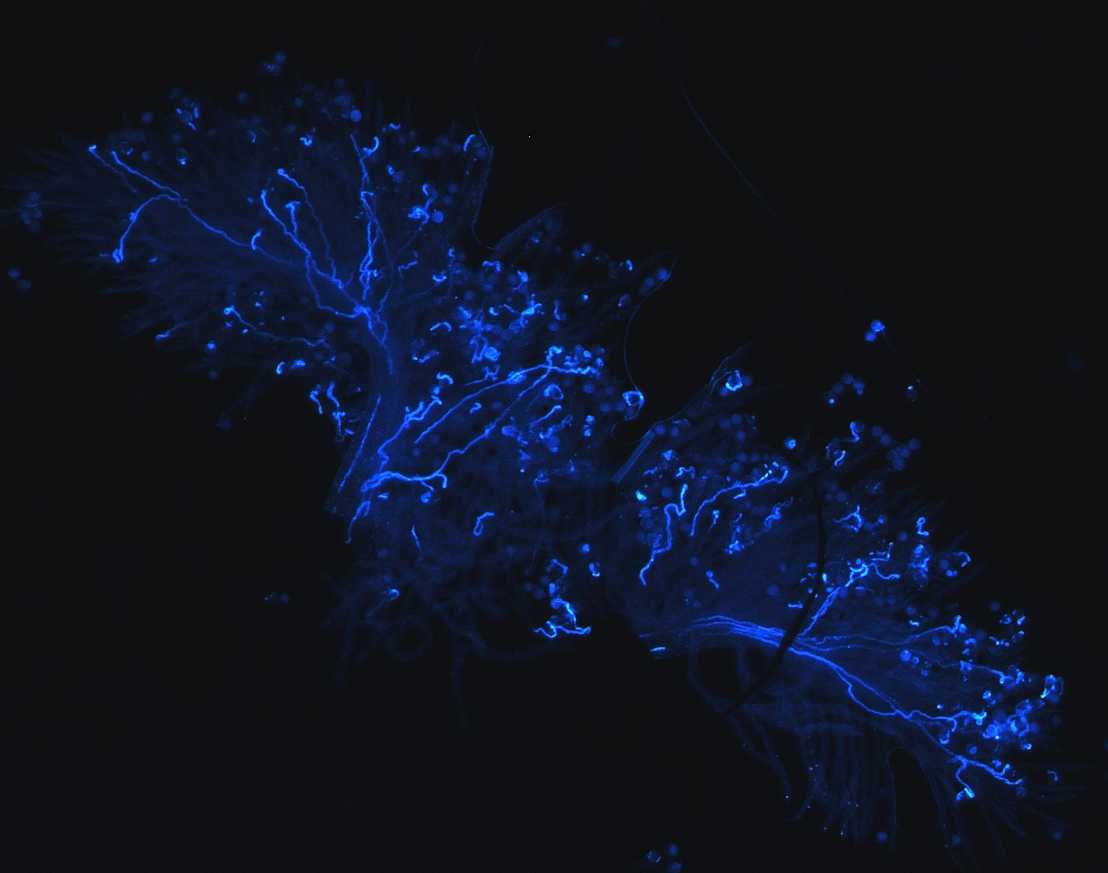New source of self-compatibility in perennial ryegrass
A new locus was found to overcome the inability of perennial ryegrass to pollinate and fertilize itself.

In collaboration with Teagasc (Ireland) and Aberystwyth University (UK), we have discovered a new genetic source of self-compatibility in perennial ryegrass. Self-compatibility is the ability of a plant to pollinate and fertilize itself successfully. In the case of perennial ryegrass, self-pollination is prevented upon pollen and pistil recognition, referred to as self-incompatibility. However, this genetically governed mechanism has been shown in certain genotypes to be circumvented, leading to self-pollination.
In this study, we investigated the new source of self-compatibility and used genetic linkage mapping to determine its position in the genome of perennial ryegrass. By phenotyping 73 F2 plants for their pollen ability to germinate onto self-pistil, we were able to identify two phenotypic classes: 50% and 100% self-compatibility, confirming the single gene mode of action. Using previously generated markers, the causative locus was mapped to linkage group 6, which was so fare not known to be involved in self-compatibility. More studies are on their way in order to identify which gene is responsible for this loss of function as this will be a valuable tool for plant breeding.
Citation:
Slatter LM, Barth S, Manzanares C, Velmurugan J, Place I, and Thorogood D (2020) A new genetic locus for self-compatibility in the outcrossing grass species perennial ryegrass (Lolium perenne), Annals of Botany, mcaa140
external page https://doi.org/10.1093/aob/mcaa140